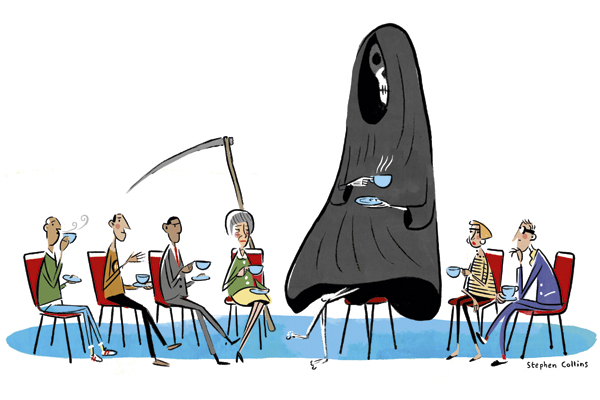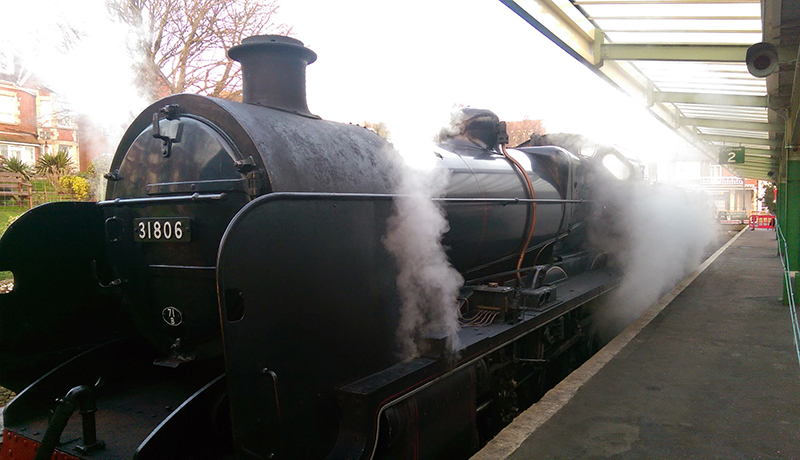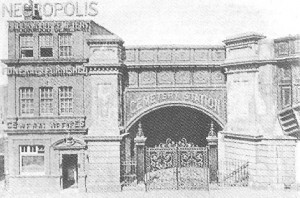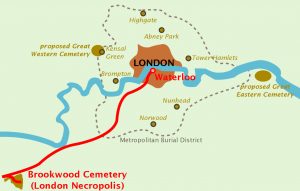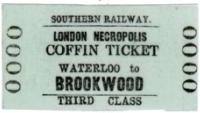After an amazing sell-out week at the VAULT Festival we’re holding a Death Cafe next week!
At Death Cafes people drink tea, eat cake and discuss death. The aim is to increase awareness of death to help people make the most of their (finite) lives. You can find out more information at http://deathcafe.com/
It will take place on Monday 16th February at EV Deli near Waterloo from 7pm. You will be able to purchase your own food & drinks from the Deli Counter. Later on we will move to the EV Bar (2 doors down) and enter the Afterlife part of the evening, celebrating the show and the themes that emerged. There may even be a bit of cake to take home!
Registration is on a first come first served basis. If you do want to attend please click the link below to sign up so we can get an idea of numbers.

